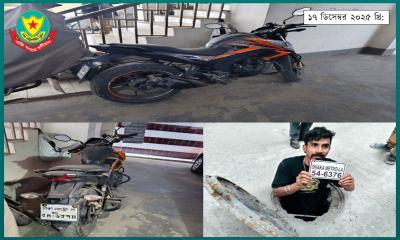In southeastern Turkey, a sprawling underground city has been discovered beneath a basement door—potentially the largest in the country. A historian suggests that the city may date back to the ninth century BC.
The city was found "almost by chance" during a 2020 excavation of house cellars in Midyat, near the Syrian border. Archaeologists unearthed a vast network of caves, revealing more than 50 subterranean rooms connected by 120 meters (131 yards) of rock-carved tunnels.
This excavation only covers a fraction of the site, which spans an estimated 900,000 square meters, potentially making it the largest underground city in Turkey`s southern Anatolia region—and possibly the world, according to Midyat`s conservation director Mervan Yavuz, who oversaw the project.
The underground city was likely used as a refuge from climate, enemies, predators, and disease. The art historian traces its origins to the reign of King Ashurnasirpal II of the Neo-Assyrian Empire, which ruled from 883 to 859 BC.
Known as Matiate in ancient times, the city`s original entrance required people to bend and squeeze through a circular opening. It was this entrance that hinted at the existence of the subterranean city to the Midyat municipality.
"We had suspected it existed," Yavuz said while exploring the cave. "In the 1970s, a ground collapse revealed part of it, but at the time, we only reinforced and closed the hole."
The region, historically known as Mesopotamia, was a cradle of early civilizations and saw numerous major empires, including the Assyrians, Persians, Romans, and Byzantines. This tumultuous history may have driven locals to seek refuge underground.
Historian Ekrem Akman notes that before the arrival of the Arabs, the area was contested by various powers. Yavuz suggests that early Jews and Christians might have used Matiate as a hiding place to practice their faiths clandestinely, pointing to carvings and a stone slab in one room that might have been used for religious ceremonies or sacrifices.
The city`s continuous occupation makes it challenging to attribute specific features to particular periods or groups. However, Yavuz believes that pagans, Jews, Christians, and Muslims all contributed to its development.
Even after the threat of invasions diminished, the caves continued to be used. Gani Tarkan, a former director at the Mardin Museum, notes that the site was used for various purposes, including as catacombs and storage spaces. Excavation leader Yavuz highlighted round holes for wine amphorae, reflecting a tradition of wine production that persists in the Mardin region.
Unlike Cappadocia’s vertically stacked underground cities, Matiate spreads horizontally. The Midyat municipality plans to continue excavation efforts and hopes to open the site to the public as a major tourist attraction, potentially drawing visitors to the city of 120,000.


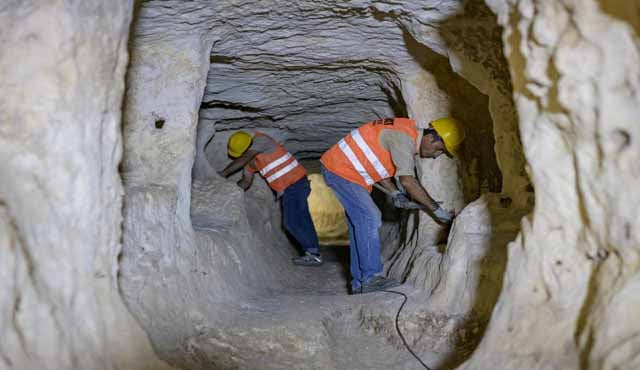



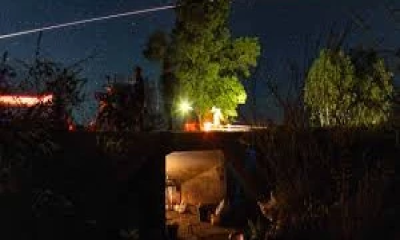


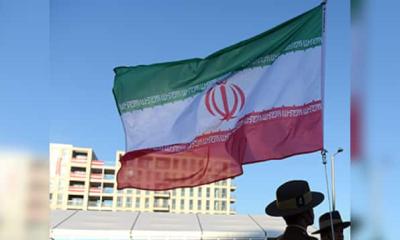









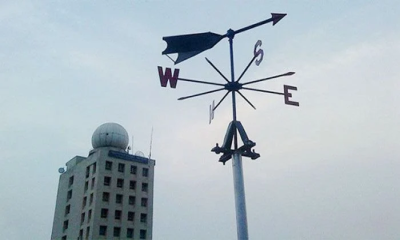






-20251218165258.jpeg)






